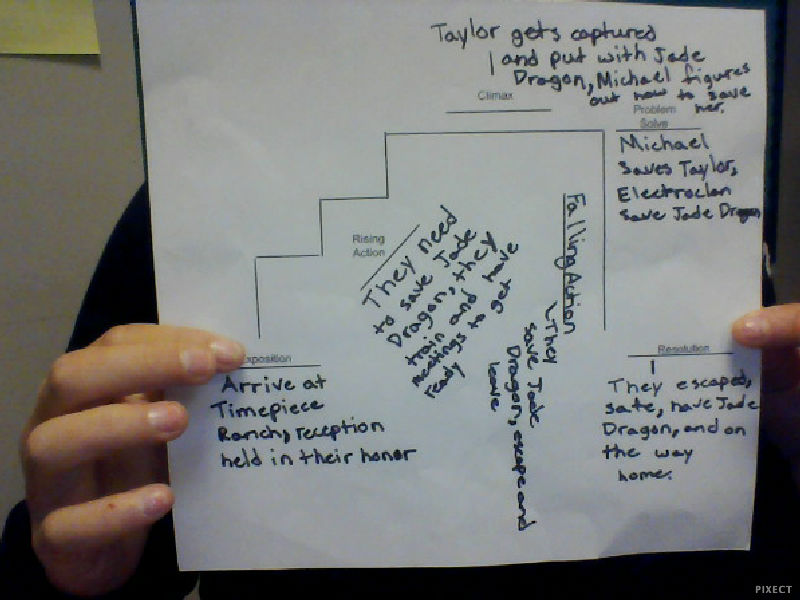
Conversely, any author not cited must never be included in the reference list. Please, note that when conducting your research, any author so cited in the body of the work must reflect in your reference list. This is if they were even aware of the need to complete reference list in the first place. At the end of the day, when the work is completed, they find it hard to complete their reference list. Most students forget to keep their references utilized to complete their studies. Students oftentimes skip most of these documentation requirements when writing a report (a report may be an assignment, seminar or project). All these definitions underscore a central value, and that is the value of taking records and acknowledging where those sources are lifted from. For Vickery (1987), documentation is a practice concerned with all the processes involved in transferring documents from sources to users. It is also the collation, synopsizing and coding of printed materials for future purposes”. However, Bhowmick (n.d) sees documentation as “the act or an instance of supplying the documents or supporting references or records. That evidence includes both primary sources and secondary sources”.

Nordquist (2018) was of the view that “documentation is the evidence provided (in the form of endnotes, footnotes, and entries in bibliographies) for information and ideas borrowed from others (see page 20 of this material). These include plagiarism, citation, quotations amongst others.


In research, multifarious activities occur that one (researcher) needs to put into consideration to ensure a swift and successful navigation. References Preliminary Practice In Research Citation and References of Primary and Secondary Sources


 0 kommentar(er)
0 kommentar(er)
